Winter cover crops, also known as green manures, are living mulch. They help to provide organic matter and nutrients for the soil. They can also help with erosion prevention, weed growth, and a better seedbed for the spring planting season.
There are several types of cover crops to choose from.
You have winter-killed crops, meaning they will die off in the winter but still provide sufficient biomass to protect the soil.
Then there are the winter-hardy varieties which will grow throughout the winter, as the name implies. Here are 17 options for cover crops.
- Winter Rye
- Winter Wheat
- Hairy Vetch
- Austrian Winter Peas
- Crimson Clover
- Field Peas
- Oilseed Radish
- Rapeseed
- Red Clover
- Sweet Clover
- Triticale
- Mustard
- Alfalfa
- Soybean
- Corn Salad
- Phacelia
- Mixture
As our list shows, many suitable cover crops for wintering your vegetable garden. We will discuss each cover crop on our list to help you determine which would work best for your vegetable garden!
![cottage garden, garden beds, Winter Cover Crops For Vegetable Gardens [17 Options You Should Try!]](https://gardentabs.com/wp-content/uploads/2022/08/57.-Winter-Cover-Crops-For-17-Options-You-Should-Try.jpg)
What Is A Cover Crop?
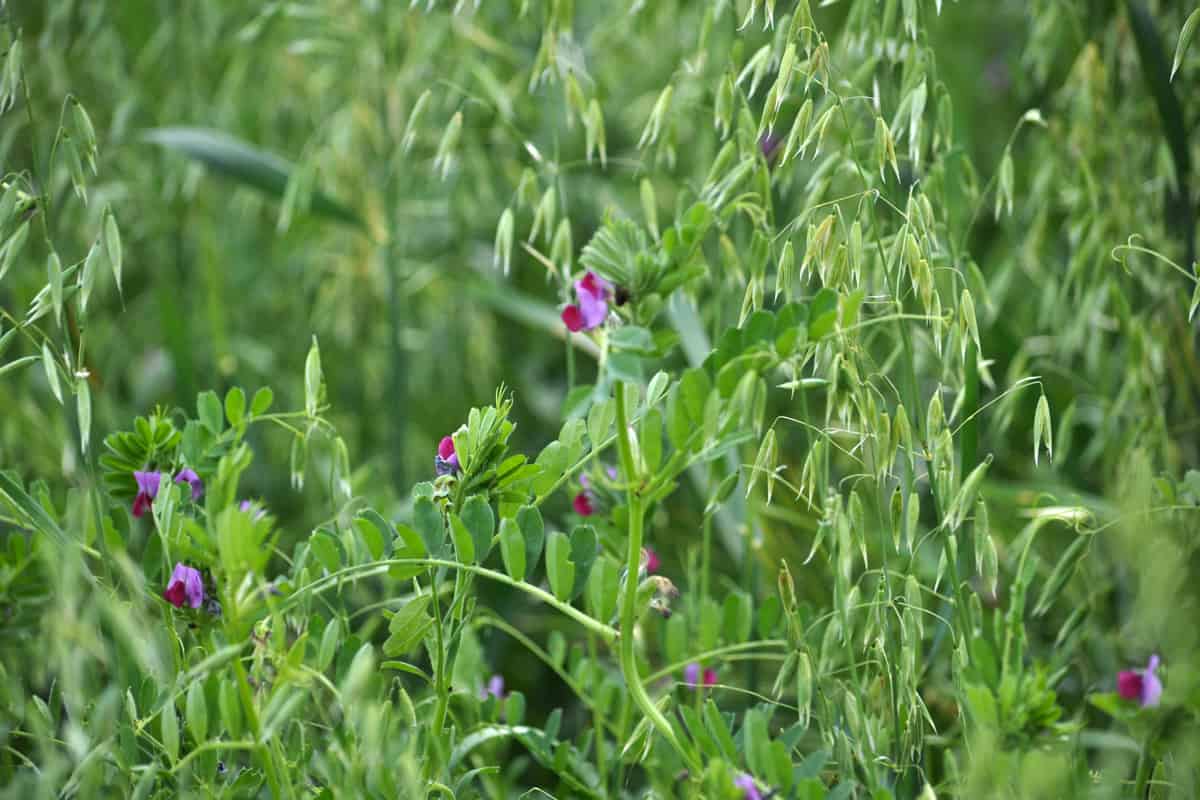
Cover crops, also known as green manures as explained above, are, in essence, living mulch, growing thickly amongst each other. They can help control pests, improve crop diversity, and attract pollinators.
Many studies are showing cover crops can also increase yield for farmers.
Green manure can be a slightly misleading term; this is when the gardeners turn the cover crop into the soil to provide nutrients and organic matter.
Many gardeners choose legumes if they use the cover crop as green manure. Legumes are a popular choice due to their "nitrogen fixing" abilities.
This is when they take nitrogen from the air and convert it into a form the plants benefit from.
1. Winter Rye

Rye rapidly produces a ground cover that holds soil firm. This is an excellent choice if your garden is in an environment subjected to heavy downpours or wind.
Rye is winter-hardy, meaning it will survive through the winter, growing and germinating down to 30°.
2. Winter Wheat

If you're looking for a cover crop to suppress weed growth, winter wheat might be your answer.
Typically used by commercial farmers, winter wheat can also benefit the home gardener dealing with a damaged soil structure.
This cover crop is a bit more manageable for the home gardener than ryes, being easier to remove come spring.
3. Hairy Vetch
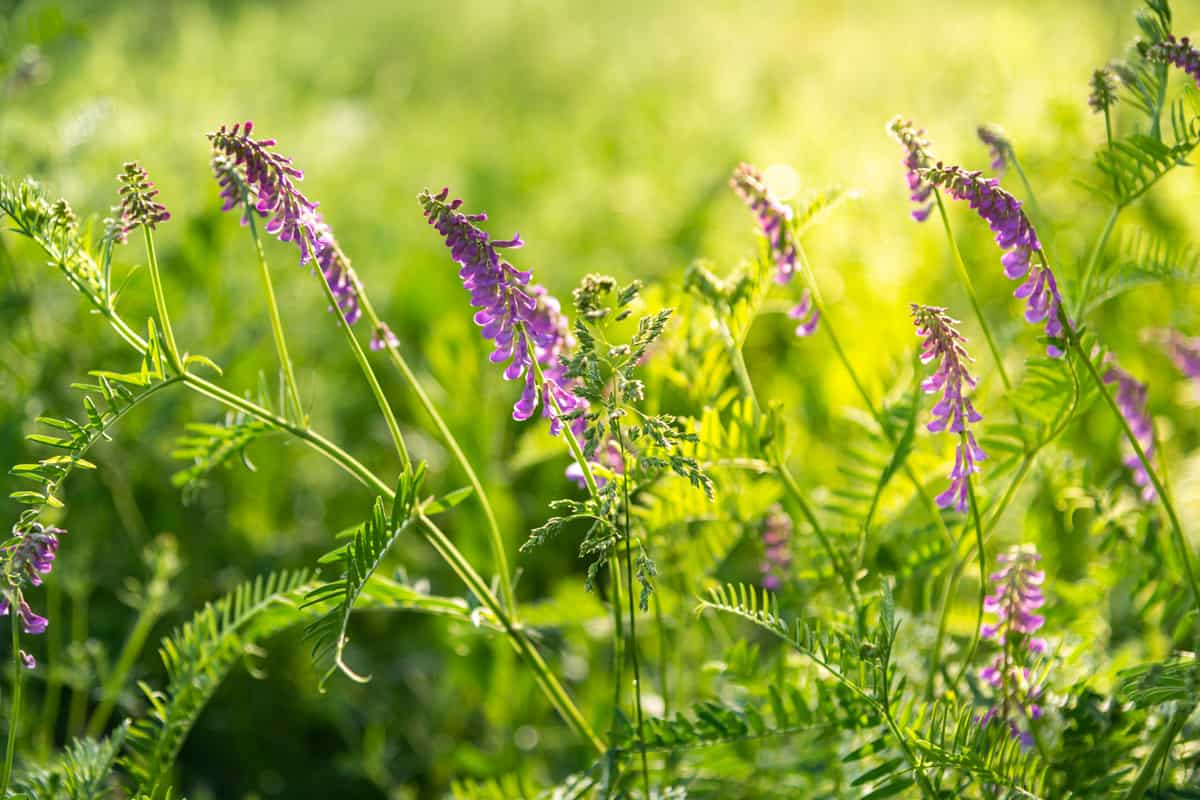
Hairy Vetch is a winter hardy cover crop. It also has "nitrogen fixing" abilities, being part of the legume family. It also protects from soil erosion and provides excellent weed control.
As a bonus, it attracts pollinators to the garden as well.
4. Austrian Winter Peas
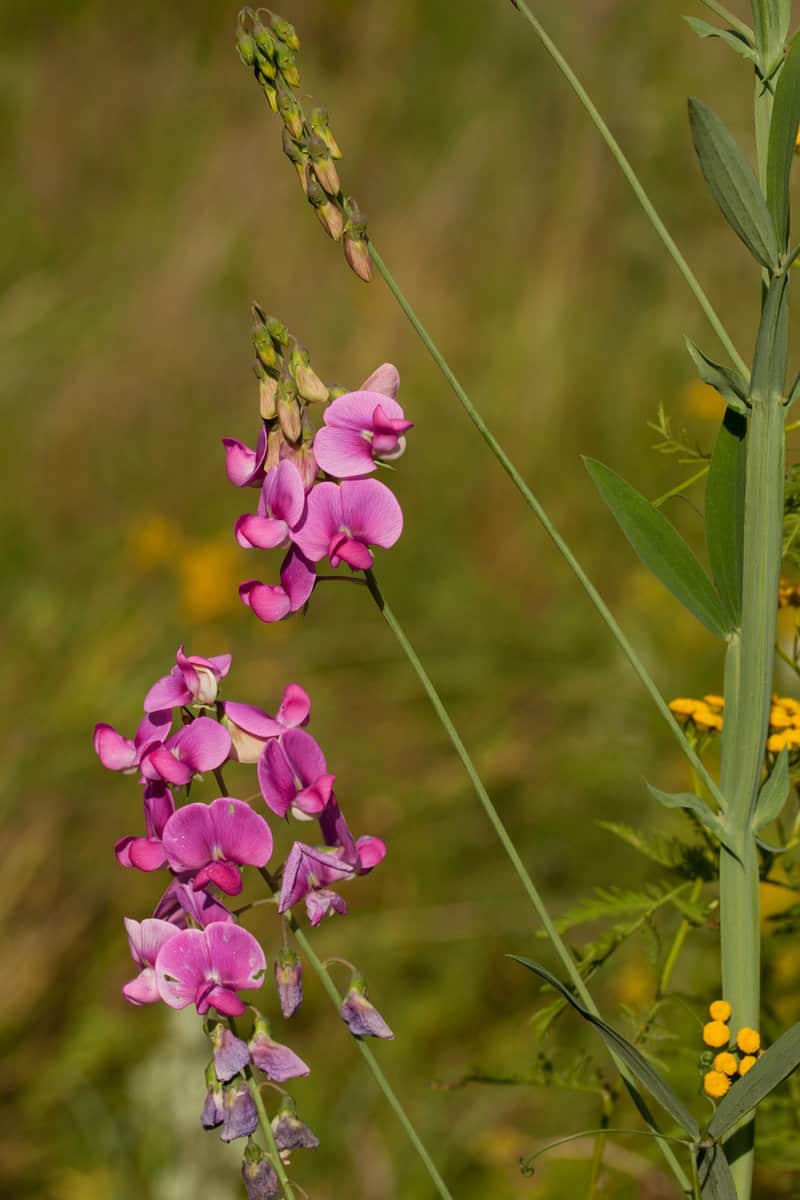
This cover crop has a high cold tolerance. They're also easy to remove with herbicides come spring planting season. They are a great choice to mix with radish and can be established early or late fall.
5. Crimson Clover
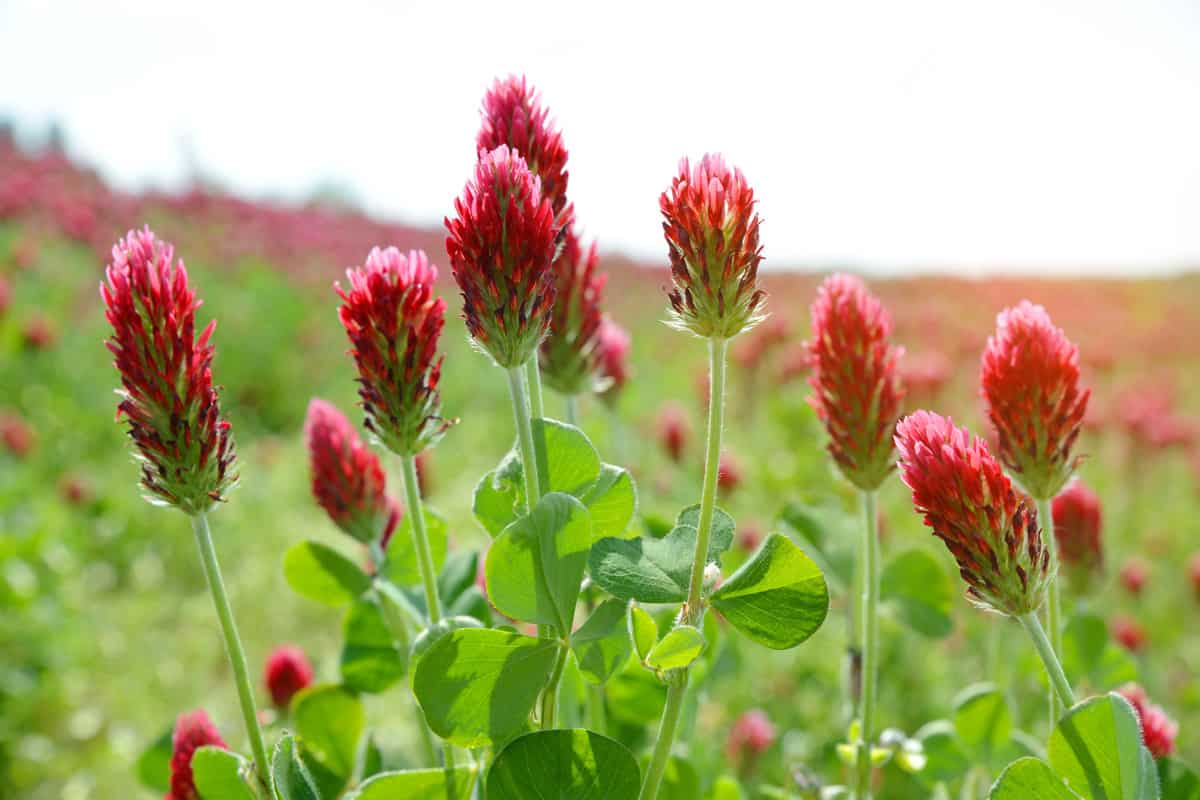
Crimson clover is another "nitrogen fixing" cover crop. It boasts benefits, including soil boosting, erosion prevention, and preventing nutrient runoff.
Its root system also allows for more precipitation to penetrate the soil.
6. Field Peas
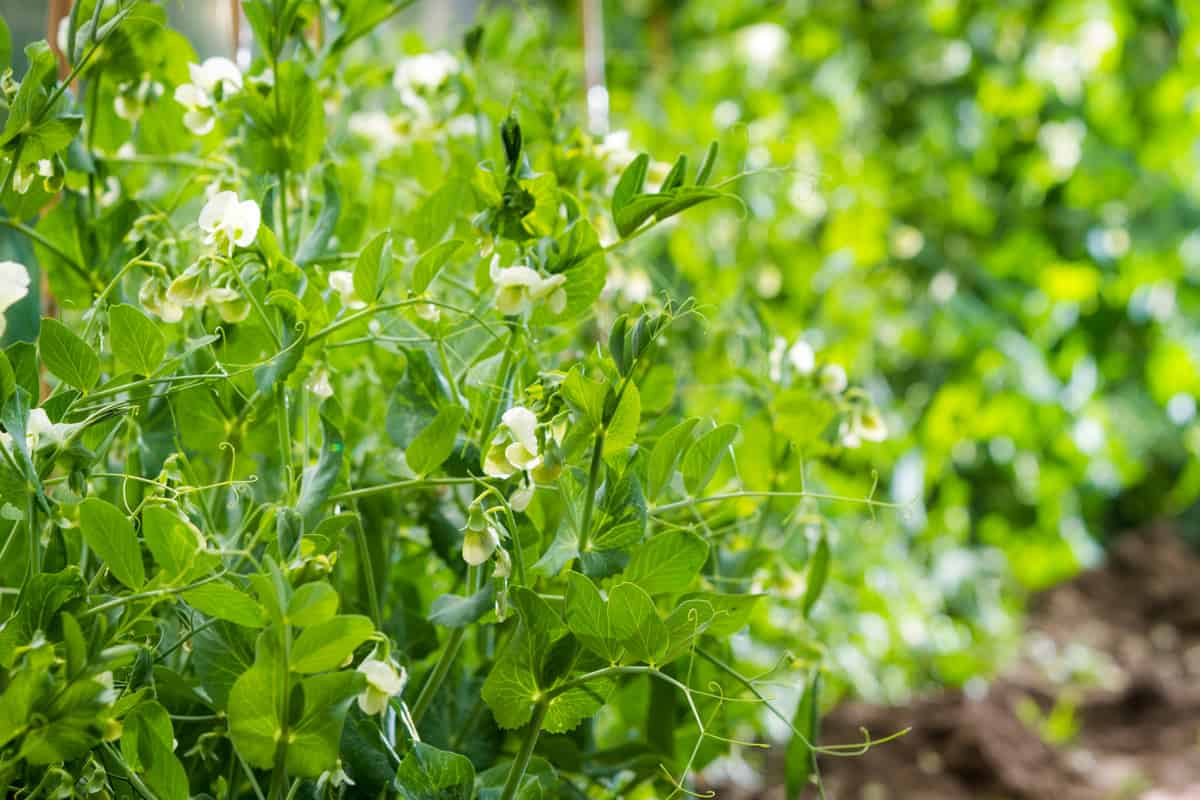
You can combine field Peas with oats to offer an excellent cover crop. They offer modest "nitrogen fixing" capabilities and overall soil health improvement.
They also work great when mixed with oats, and you'll want to give them at least a few months of growing time before turning them in.
7. Oilseed Radish
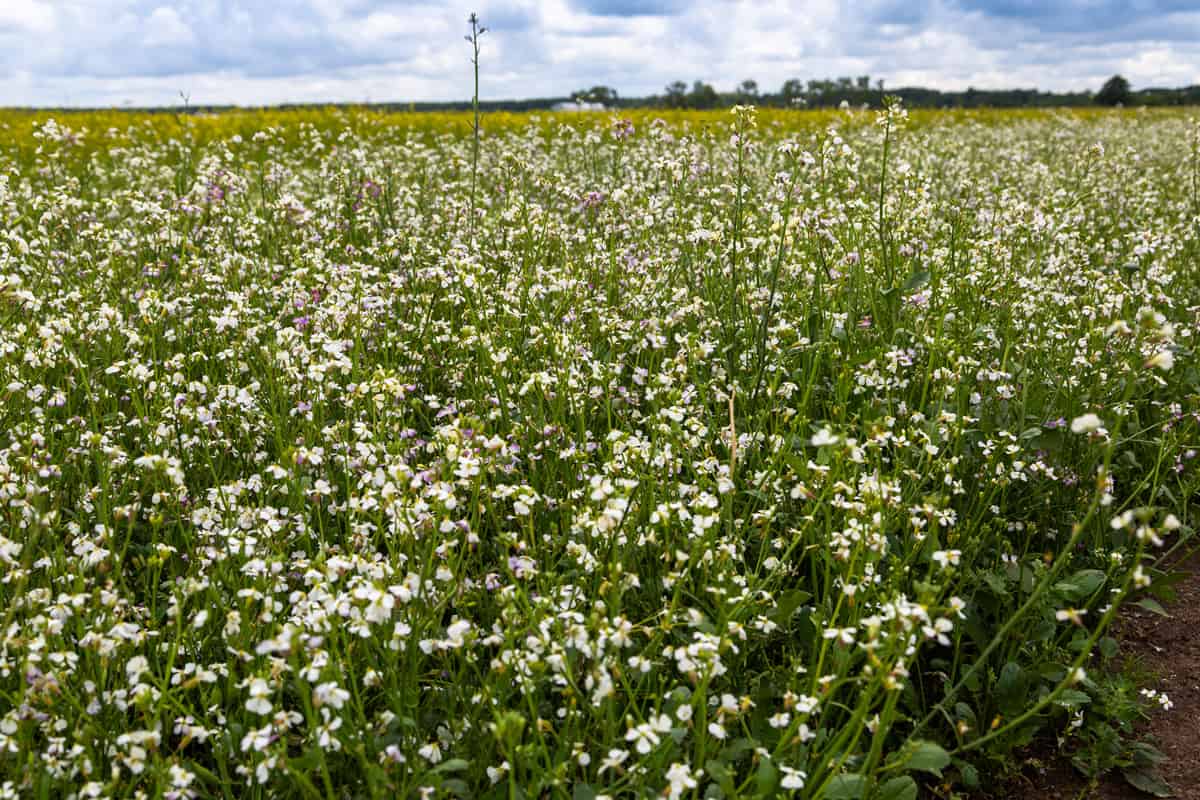
Oilseed radish is in the mustard family. This might be a great cover crop option if you've got livestock, as it doubles as livestock forage.
It has many lateral roots, which in turn help aerate the soil. The decomposing radish can help reduce soilborne pests when turned in before producing flowers.
8. Rapeseed
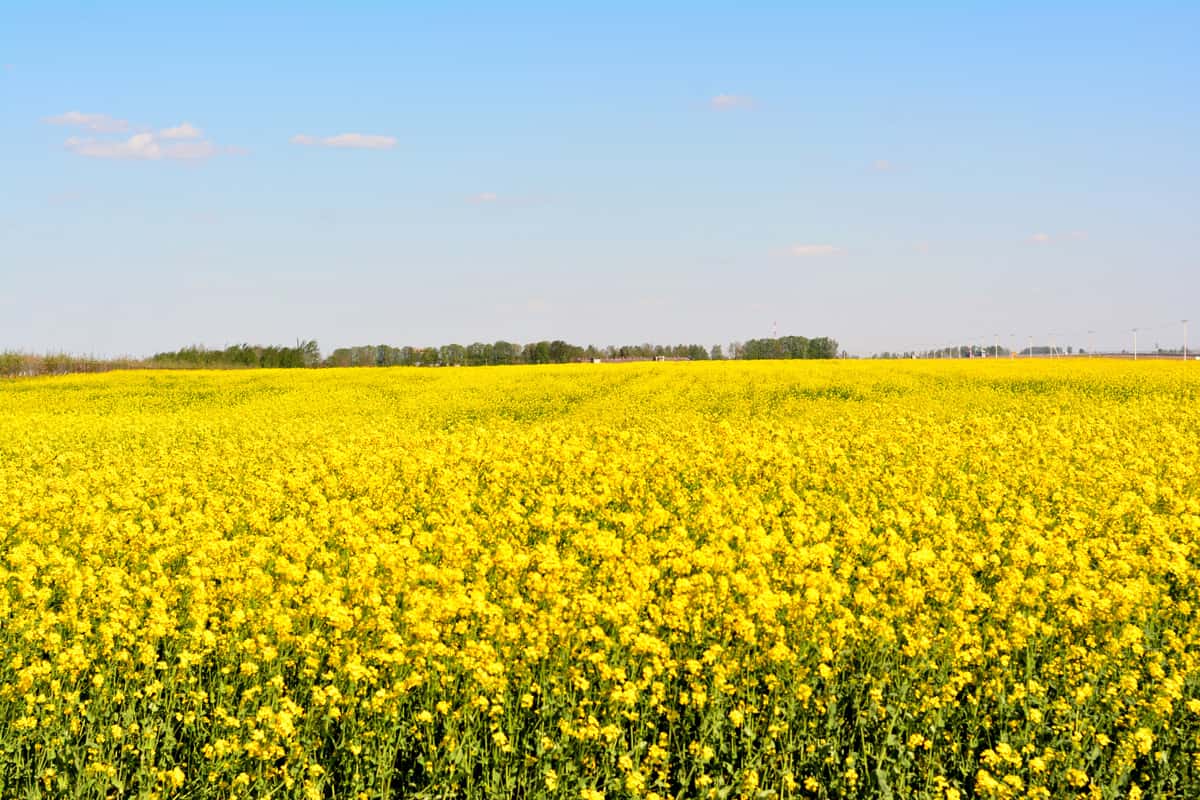
Rapeseed is a somewhat cold tolerant cover crop. It has been shown to prevent weed growth and pests and prevent erosion.
It also has deep taproots, which aerate compacted soil and increase water infiltration.
9. Red Clover
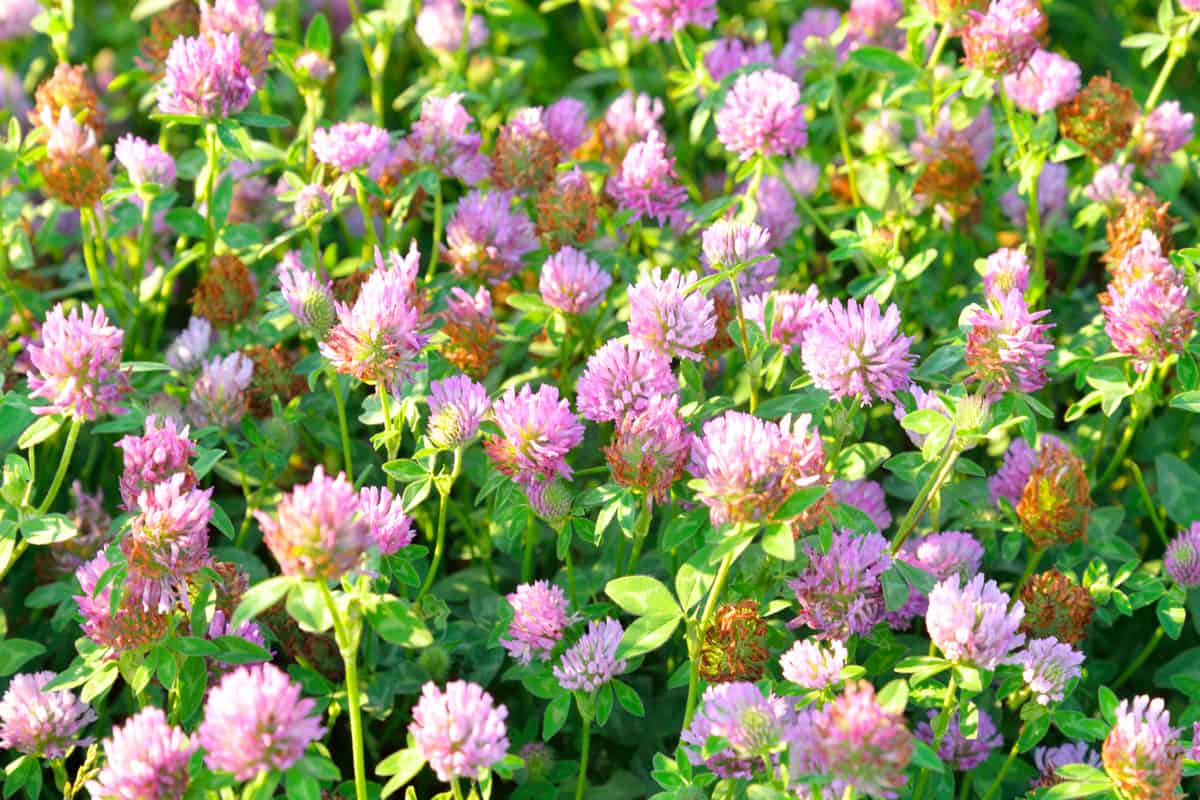
Red Clover has many benefits as a cover crop. It acts as a weed suppressor and grazing medium and is widely adaptable to many different soil structures.
Best of all, it is desirable for beneficial insects and pollinators.
10. Sweet Clover
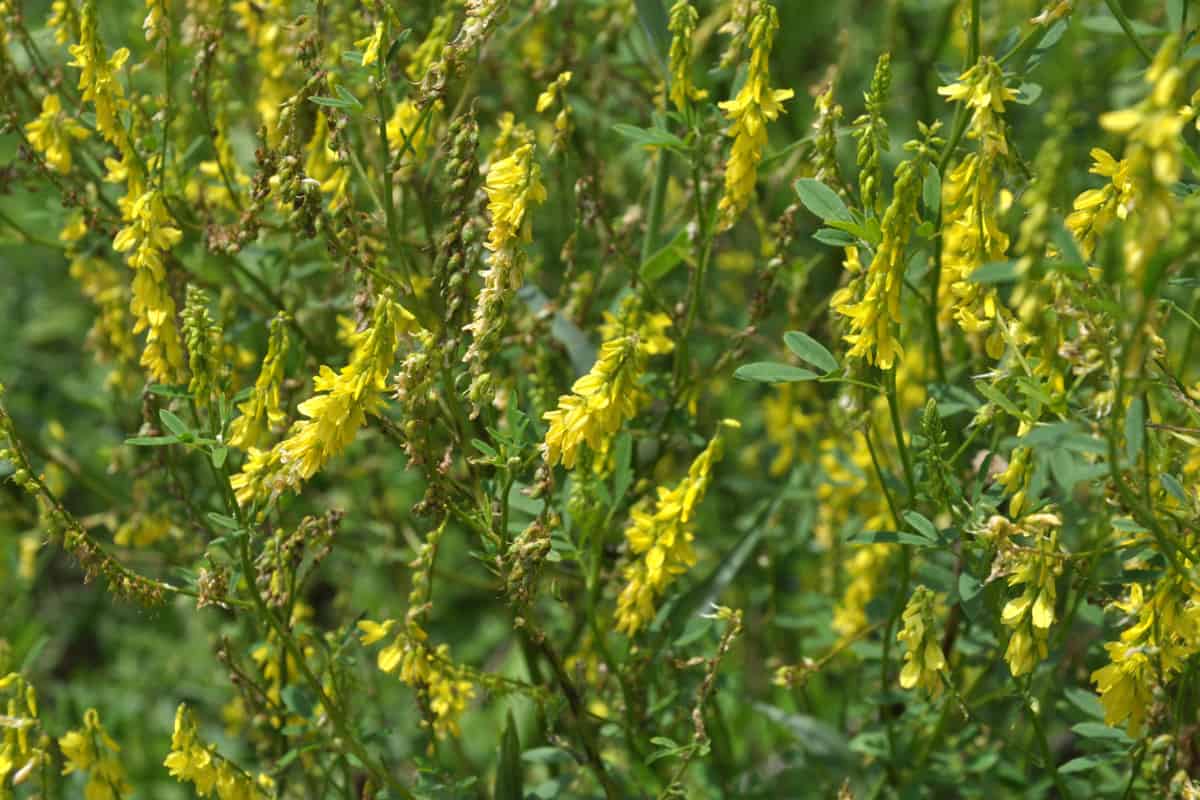
Sweet clovers are a great cover crop for soil-building. There are two kinds- yellow and white. Yellow is more drought tolerant and takes two years to produce yellow flowers.
However, white is easier to establish.
11. Triticale
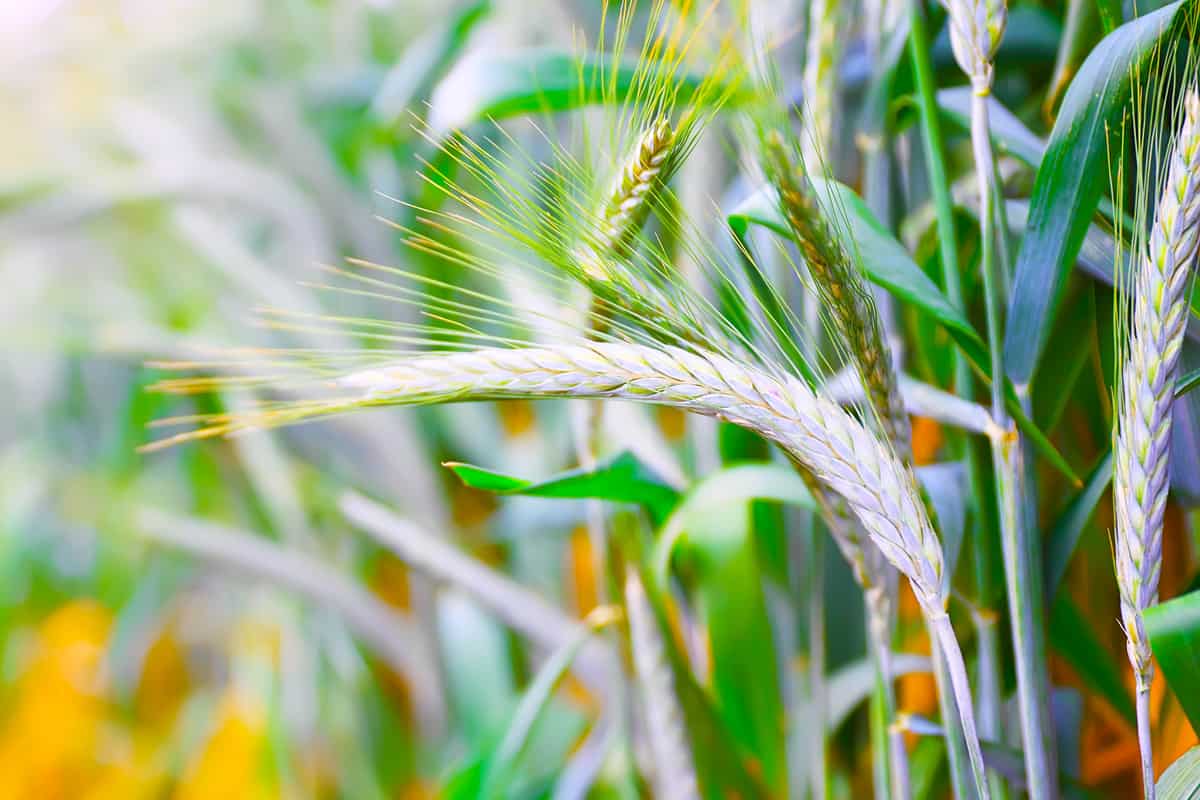
Using triticale as a cover crop is very similar to rye, though triticale produces more biomass than rye.
It is a good foraging crop and can be used in a mix with clover, hairy vetch, or field peas. In spring, you'll want to plow triticale into your soil around three weeks before planting your garden.
12. Mustard
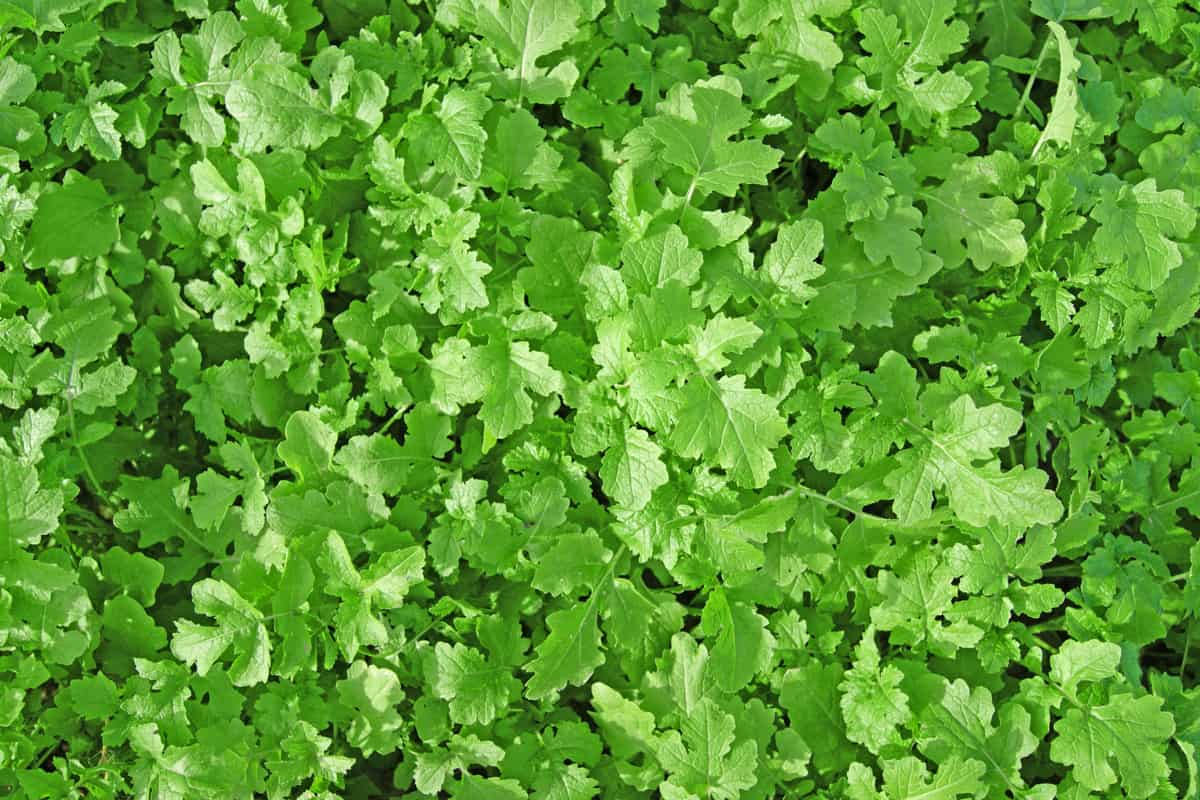
Mustards act as a natural biofumigant, meaning pest control. It provides weed control and is easily killed off in spring by tilling.
If choosing mustards as a cover crop, you will want to make sure you time your tilling to happen before rainfall or thoroughly water after tilling.
This is to ensure glucosinolates enter the soil after tilling is complete.
13. Alfalfa
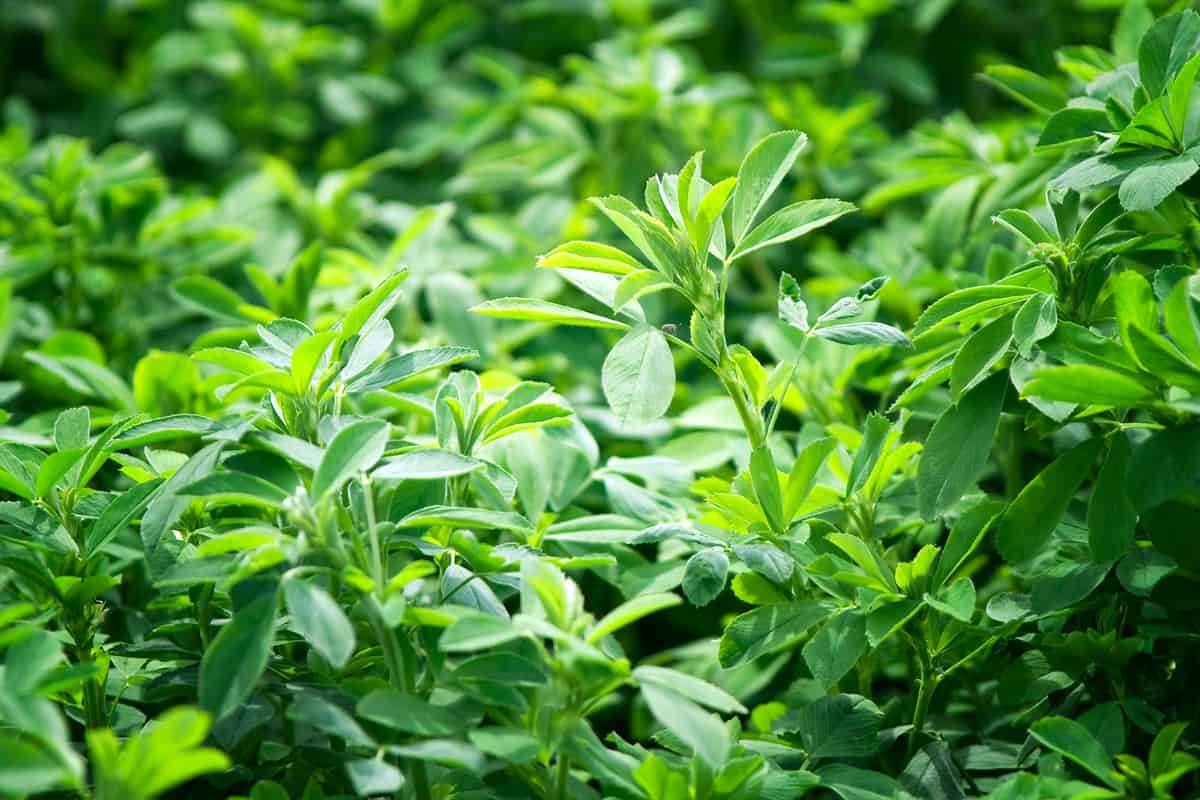
Alfalfa is typically used as a forage crop. As a crop cover, it also boasts the most protein per acre, reduces soil erosion, and improves the soil structure.
As an added bonus, it can be used as a nitrogen-dense fertilizer when dried and ground.
14. Soybean
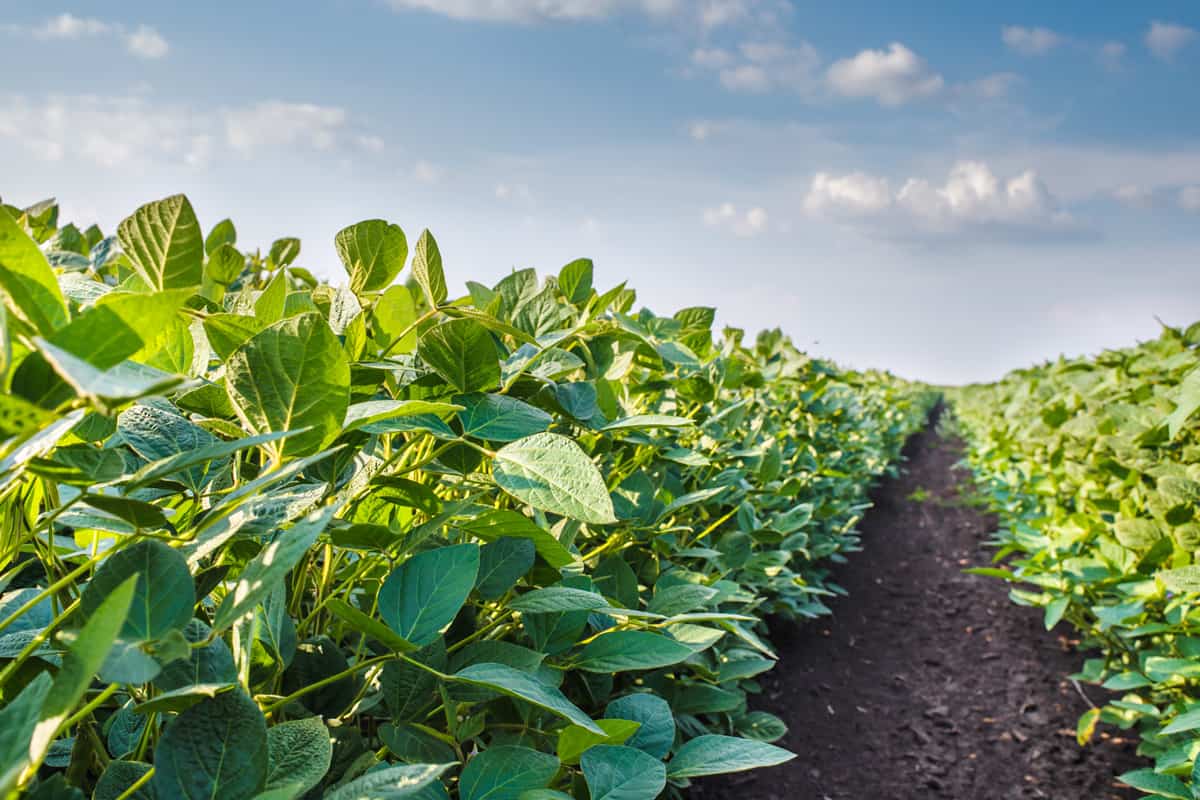
Soybeans are a common cover crop, primarily due to their "nitrogen fixing" reputation. They are winter-killed, and they are also a good choice for weed control.
You'll want to plant 4-8 weeks before expecting your first frost to ensure you have a decent-sized plant.
15. Corn Salad
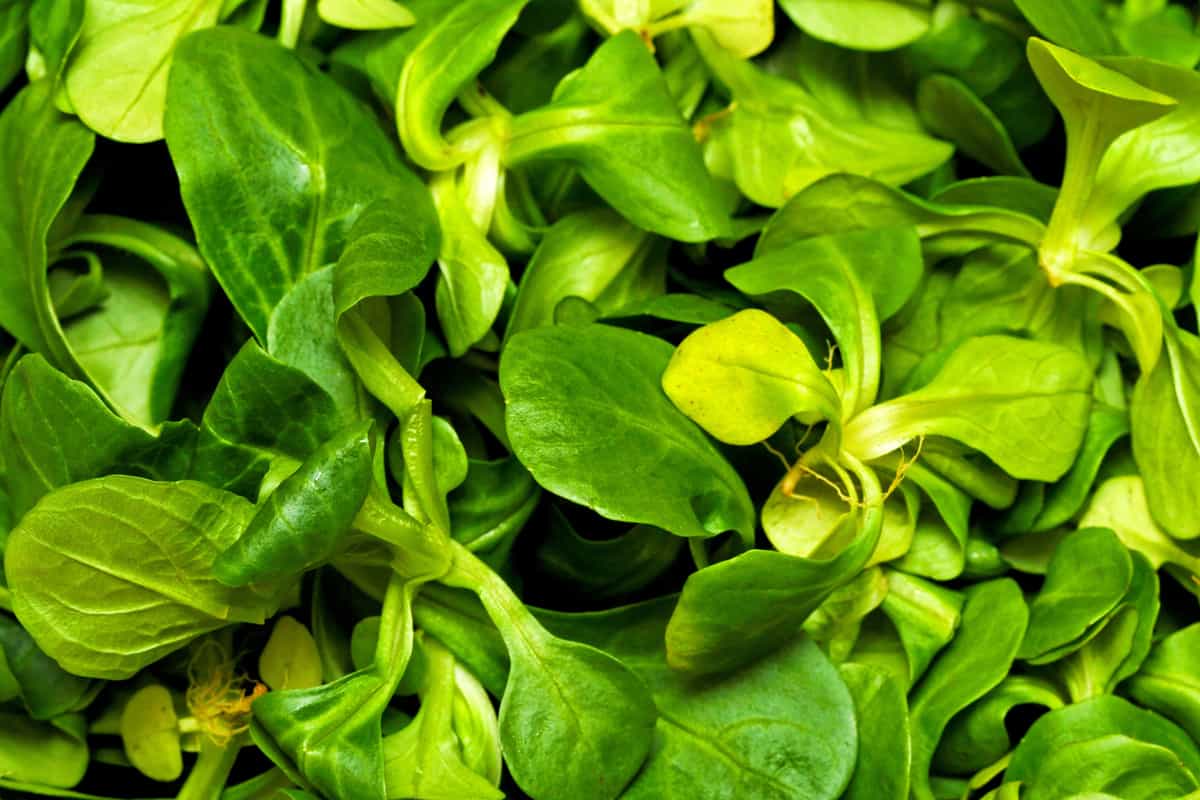
Corn Salad, also known as lamb's lettuce, makes wonderful green manure. Turn it in once you're done using it as a cover crop.
It is a slow grower, meaning it will need extra time to grow, translating to earlier planting, but it is winter-hardy.
16. Phacelia
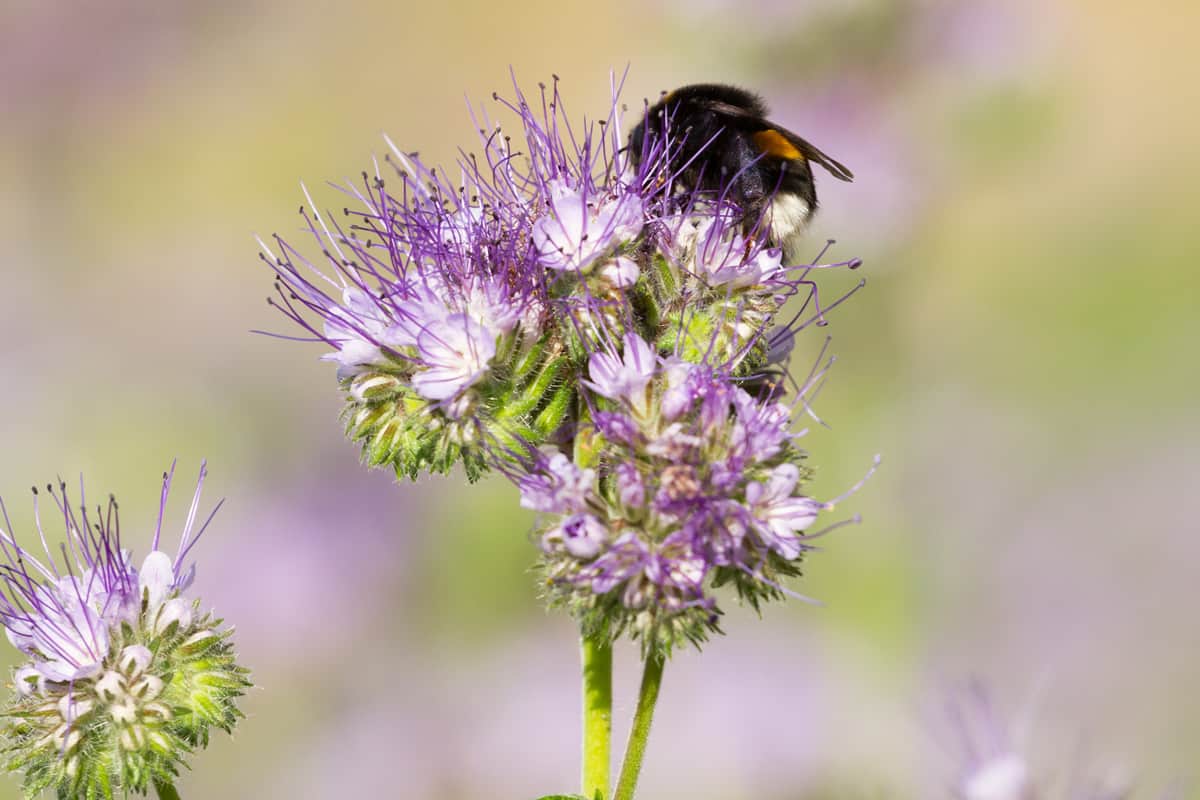
Phacelia is a fast-growing wildflower that attracts all sorts of pollinators! When used as a cover crop, it is an excellent weed suppressor.
Another benefit to Phacelia is if you have nitrogen-rich soil, this cover crop can absorb the excess.
17. Mixture
Most cover crop mixtures are designed to improve soil health, prevent pests and suppress weeds. You can also make your blend to match your specific soil needs.
There are many cover crop mixtures to choose from. Some popular mixes include:
- Ryegrass, radish, vetch, and clover
- Legume and rye
- Peas and oats
- Clover mixes (this can consist of sweet, crimson, and red clover)
- Pea, clover, ryegrass, vetch
How Late Can You Plant Winter Cover Crops?
September is a generally good time to plant fall covers that will remain over the winter months. The answer to how late you can plant will always depend on your environment and growing conditions.
If you're picking a slow-growing cover crop like corn salad, you'll want to give more time for the cover crop to grow.
How Long Do Cover Crops Take To Grow?
This is all dependent on what cover crop you've chosen to grow. Gardening experts recommend you wait 2-4 weeks before sowing any edible cover crops.
Winter-kill cover crops typically need a bit more time to grow, so there are decent-sized plants when winter comes.
What Do You Do When You're Done With A Cover Crop?
Once you're done with your cover crop, you will want to remove it (using herbicides or other removal methods), or you can green manure it.
Green manure is just turning or tilling the crop into the soil, so the ground further reaps the benefits of the cover crop. Here is a helpful video showing how to turn in your cover crop.
In Summary
There are many choices when choosing a cover crop, from true green manures to soil enriching to nitrogen-fixing or just a balanced blend designed for your needs.
Hopefully, our list will give you insight into what kind of cover crop you'd like to work with for your vegetable garden's unique soil needs.
Made it to the end? Check out these helpful related posts below!
